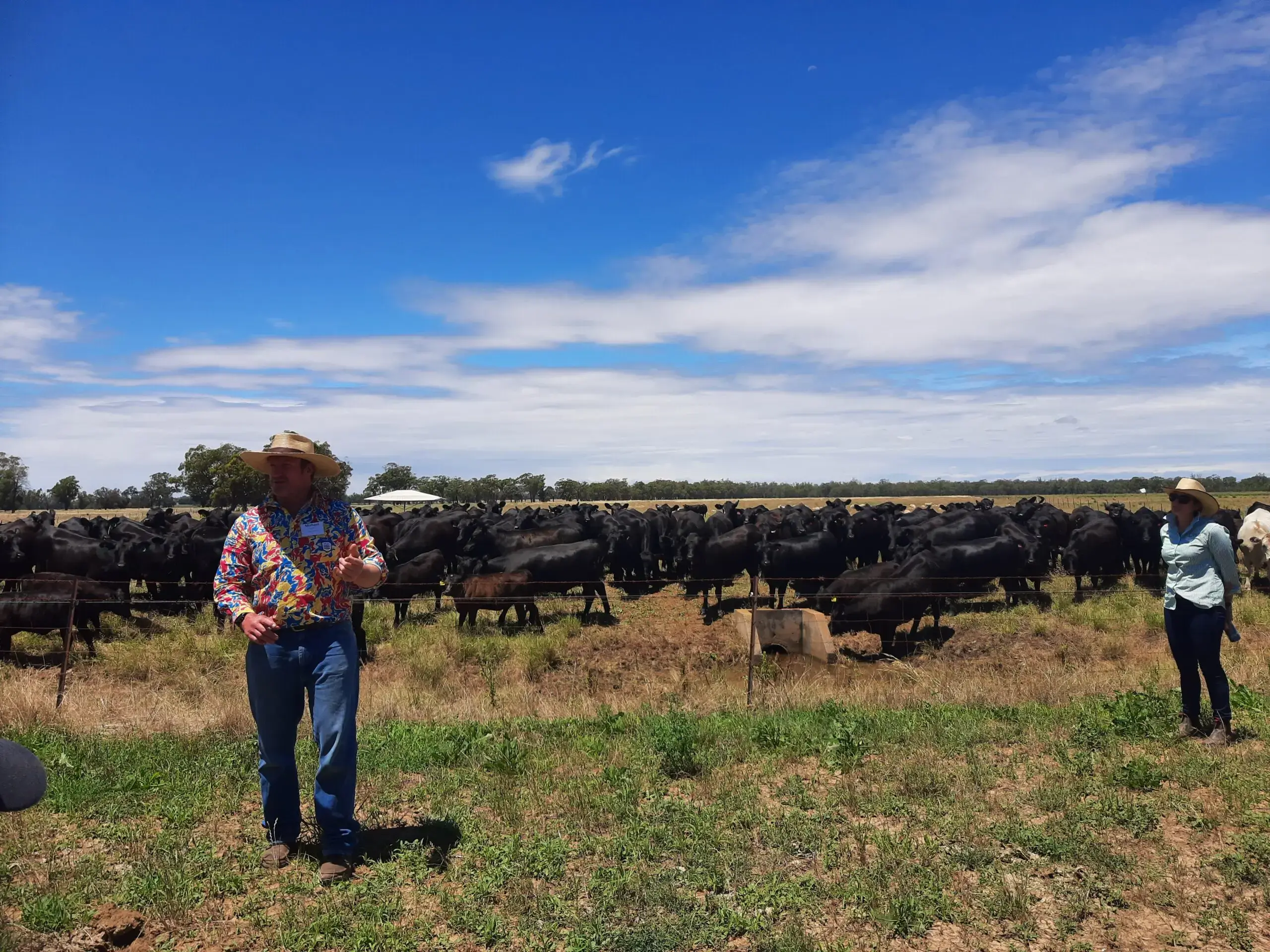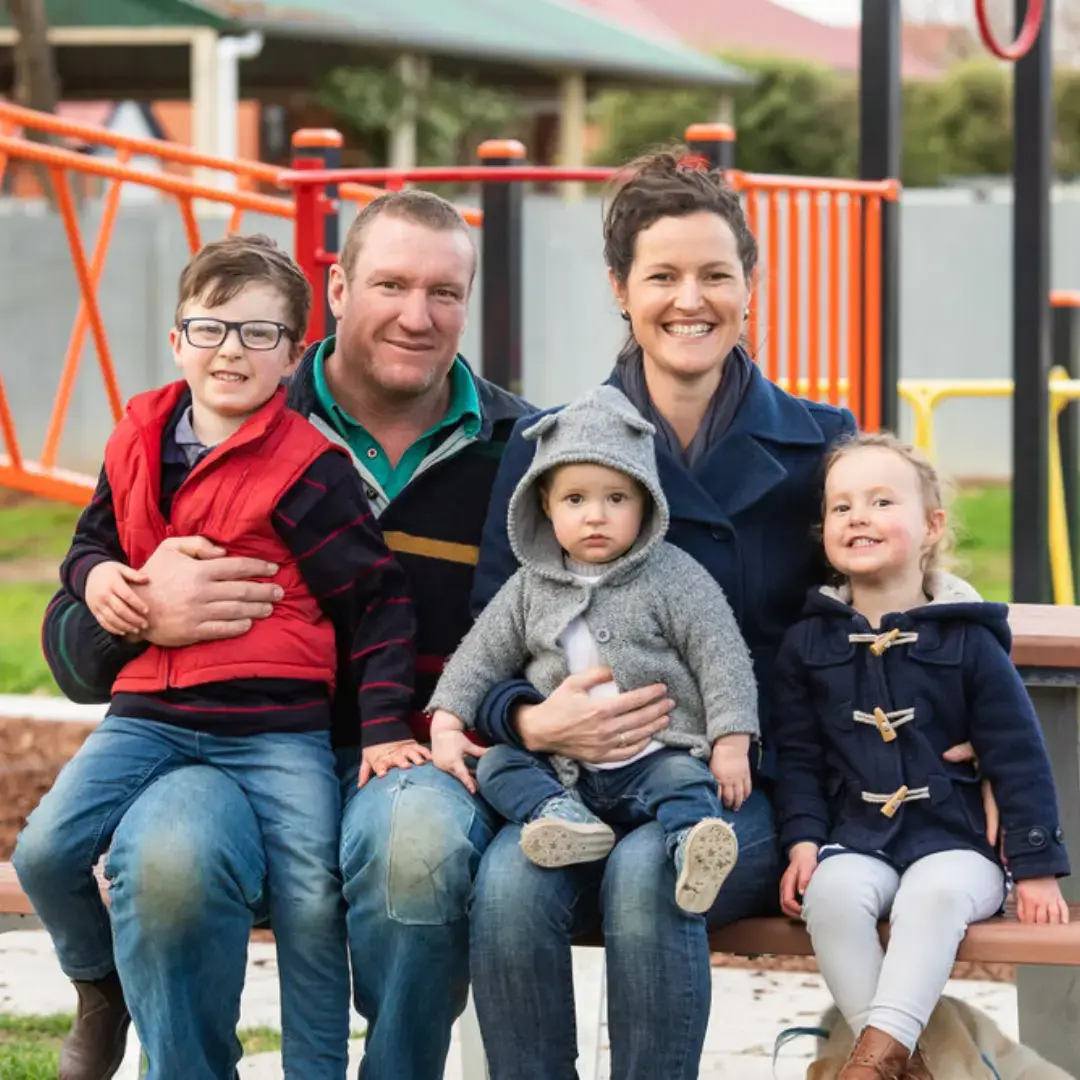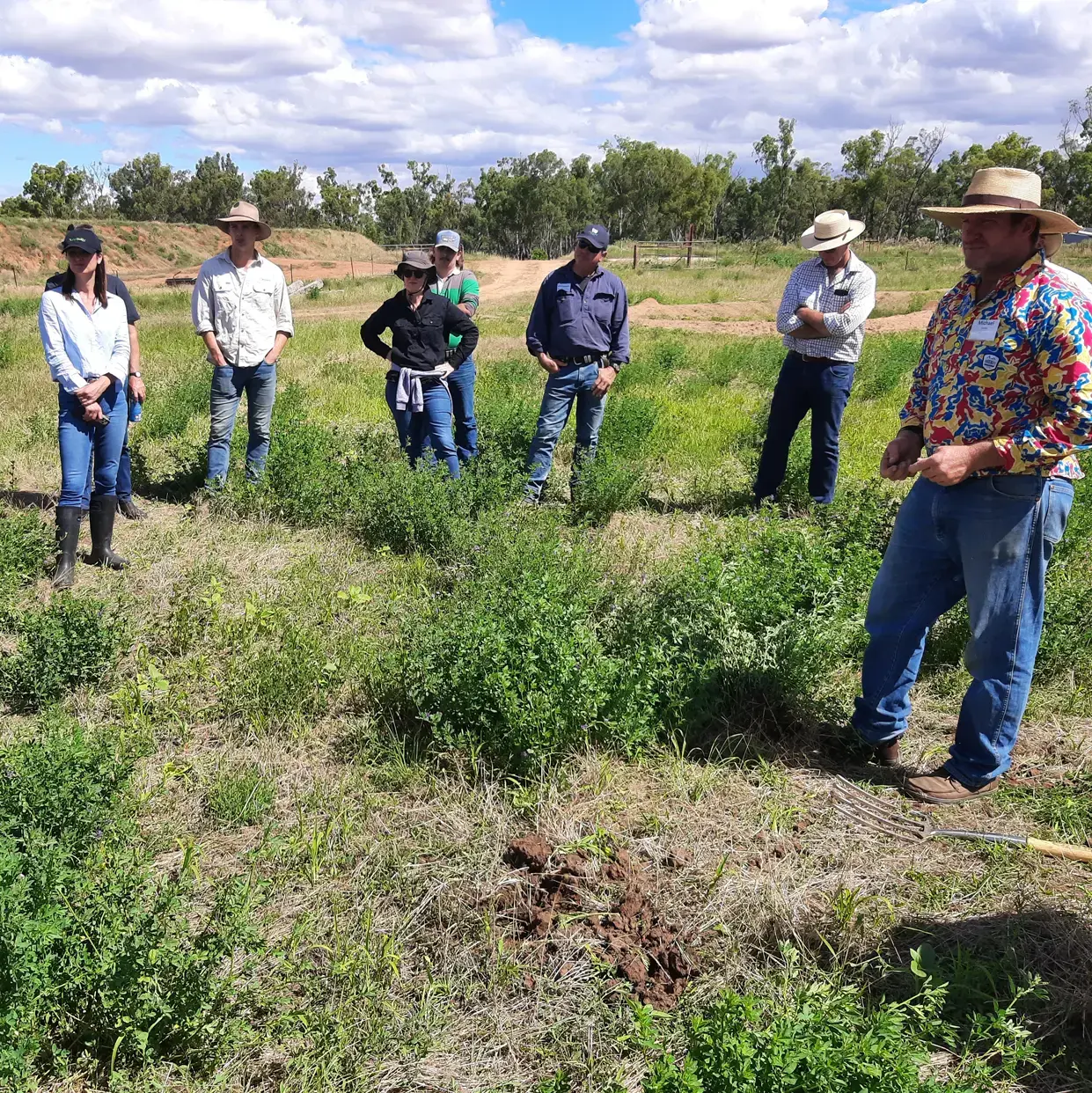‘Willowlee‘
AN 8 FAMILIES GROUP FOCUS PRODUCER CASE STUDY
Michael Gooden set out on his own portion of land following a family succession during the middle of the Millennium Drought. Michael soon found himself in financial difficulties and with an enterprise that was under-performing. He turned to the Holistic Management decision-making framework for solutions and found clarity and improved on-ground outcomes.
He co-founded the ‘8 families’ group and their business and emotional support was invaluable for working through difficult decisions.
This case study summary shares the transformation experience of Michael and partner Heloise Gooden.
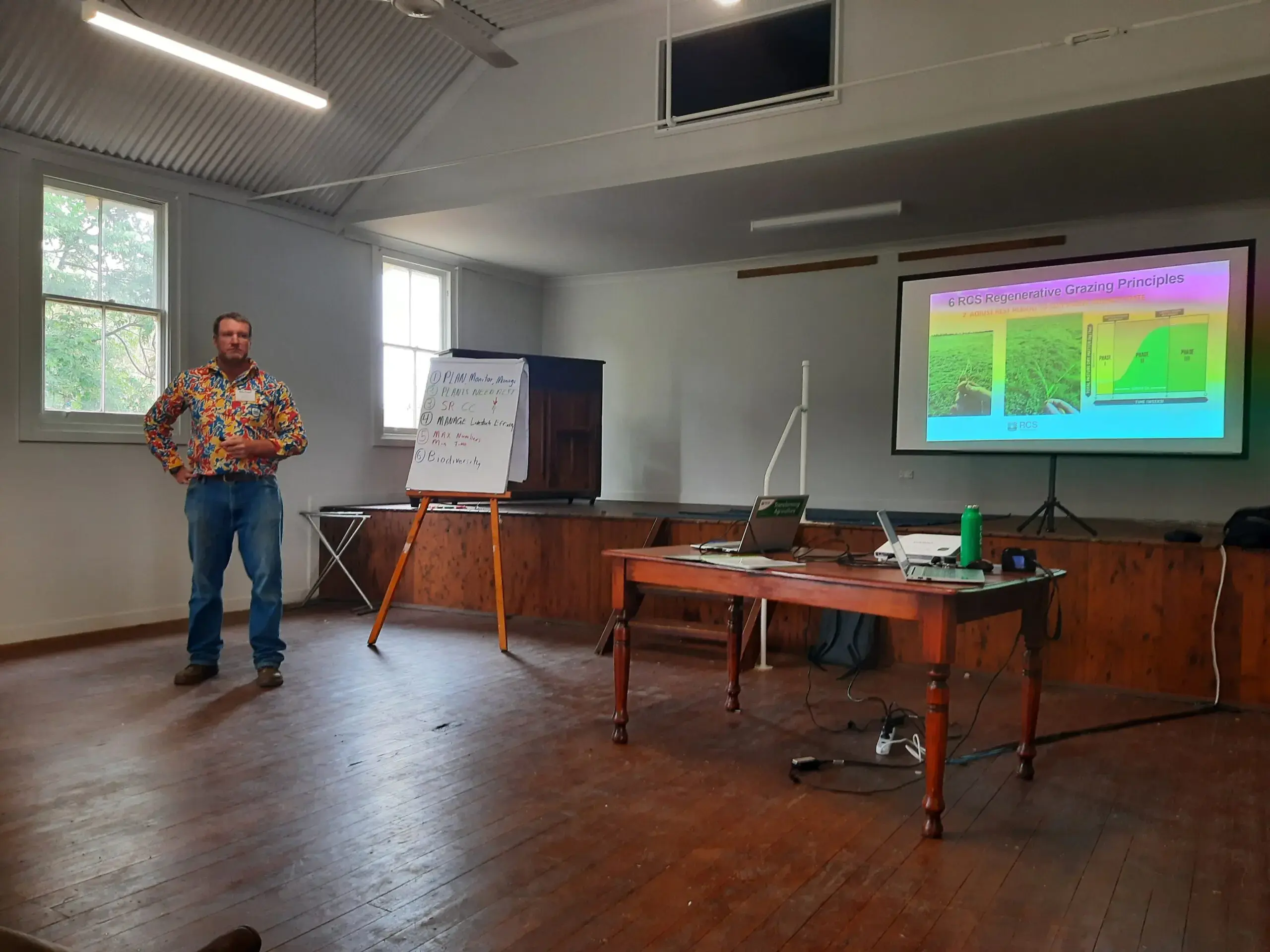
Farm Facts
Enterprise Type
Location
Property Size
Annual Rainfall
Agro-climatic region
Elevation
Soils
Social Structure
*Learn more about soil classifications at Soil Science Australia
Highlights
Motivation for change
-
Financial hardship following Millennium Drought, succession and divorce
-
Recognition that “the paddocks were blowing away” at the end of the drought
-
Introduced to Holistic Management by tennis friends
Practices and innovations
-
Integration of Holistic Management with RCS grazing principles to guide landscape management
-
Time-controlled rotational grazing, and supporting water and fencing infrastructure
-
Embracing the concept of “grounding” to connect, observe and respond to the landscape
-
Co-founding the 8 families peer support group
Outcomes
-
Since practice changes were made at Willowlee, ground cover was on average 3.9% higher than the surrounding area.
-
Improving financial position following changed practices, investment in water and fencing infrastructure and successful establishment of Angus bull stud, with first public sale planned this year
-
Invaluable support from the 8 families group, and an excellent sense of community, which provided the input and guidance needed to try something new and make difficult decisions about farm management
The Willowlee story
Before making practice changes
Growing up as the 4th child in a 4th generation farming family, Michael had always known that he wanted to work the land. Unlike his elder brother, who had an affinity for ‘big machine’ cropping, Michael felt attracted to livestock grazing. When the time for succession came, the brothers could not reconcile their goals and they decided to split the land.
Michael took charge of his own portion of land, and his share of the debt accrued during the Millennium drought. Before long he found that he had increased debt considerably due to an early divorce and “poor decision making”. He had seen the “paddocks blowing away” during the drought and realised that something had to change.
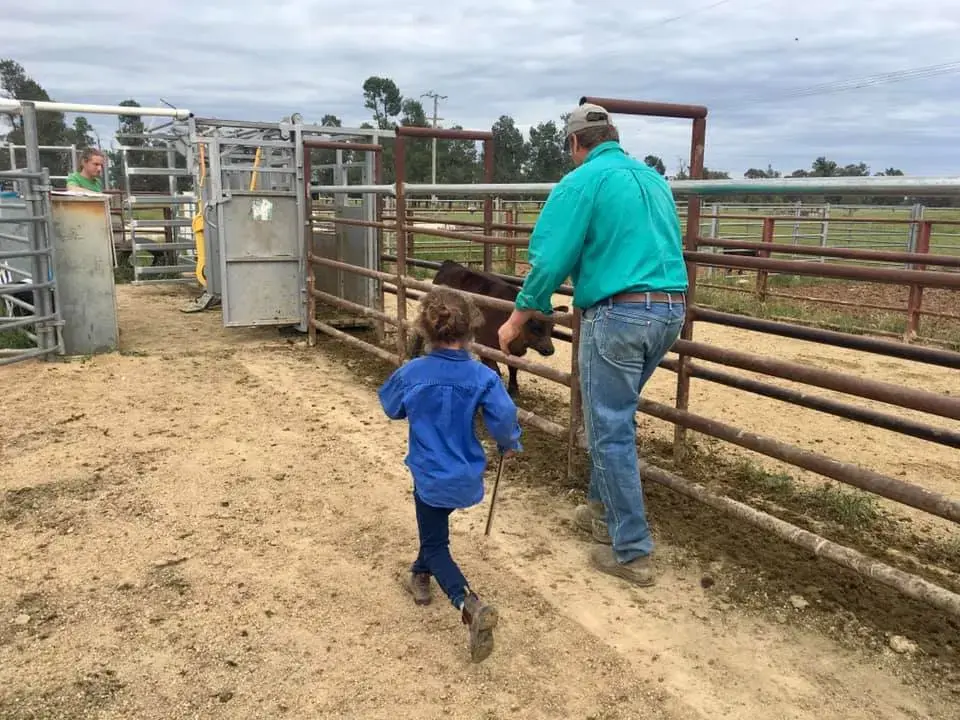
Discovering Holistic Management
Playing tennis with some local friends, Michael discovered that they had been implementing a decision making framework called Holistic Management (HM). He went out to visit and was so impressed with their results that he decided to enrol in an HM course with educator Bruce Ward. Inspired, Michael marked the day by writing a line in his diary, “from this point on I think holistically”, and soon after helped to co-found a peer support group named the ‘8 families’.
Together, Michael and his wife Heloise wrote out their Holistic Context, a key element of HM that requires the family to explicitly consider and articulate their social, economic and environmental aspirations, values and resources in the course of decision making. They ended up with a vision for ‘an abundant place that captures sunlight, utilises moisture and enhances our resources’ and which is ‘profitable for the business, for the people, and for the land’. For any decision, the HM decision-making framework directed them to ask the question: Is this actually going to lead me towards or away from our goal / Holistic Context?
Introducing time-controlled rotational grazing
The enterprise ran across several properties at this point, with the homestead at a property in Holbrook. With their HM training and Holistic Context in place, Michael decided to implement time controlled rotational grazing across the home property in Holbrook. This involved mobbing the cattle together into one large mob and rotating that mob through smaller paddocks, and building infrastructure to support this, including water points and temporary electric fencing.
Michael was still learning, and his implementation of the new grazing practices wasn’t perfect in the beginning. The business was still under-performing financially. Nevertheless, one of his early observations was that resting paddocks and mob grazing meant that even areas that were once considered not as productive were “all of a sudden, growing grass”.
Making tough decisions
After a final failed crop in 2013, Michael felt that he was “just jacked with cropping” and ceased “cold turkey”, focusing instead on cattle trading at the home property, and leasing out the other properties. Before long he realised that he was not making the progress he required against his considerable debt and made the tough decision to sell the home property and start over at Willowlee. The input of the 8 families group was invaluable in helping to work through this decision.
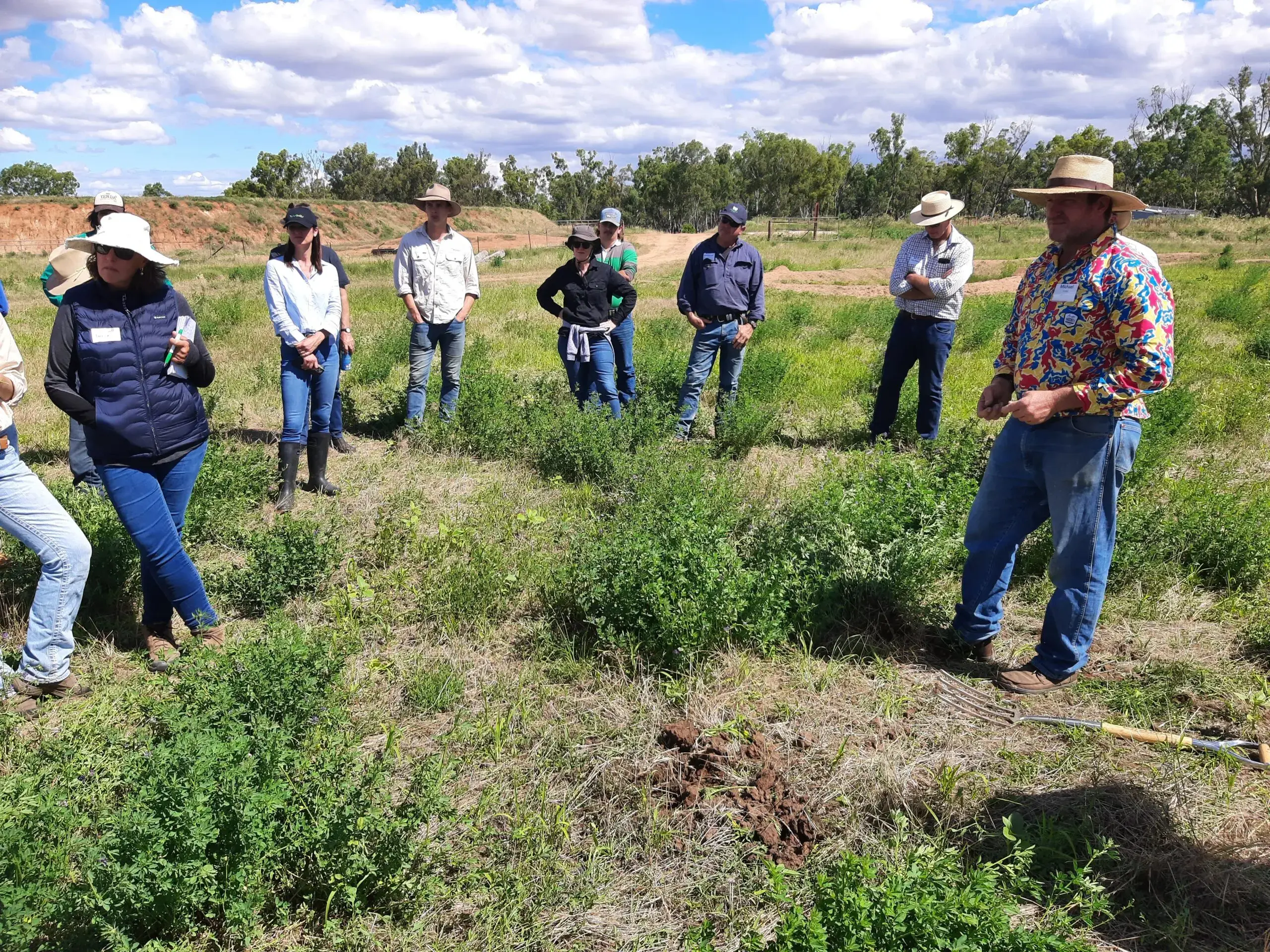
Refining time-controlled grazing
At Willowlee, Michael continued the HM approach, investing in new infrastructure for a second time. This took several years but went much more smoothly as Michael now had a plan of what he wanted the property to look like. The plan included particulars such as the need to correct flow rates of the watering system and the maximum length to run his electric fencing (in Michael’s case, he was aiming to limit paddocks to a maximum length of 400m). Having to rebuild again from scratch, Michael was able to learn from past mistakes, but also received support from the 8 families group and other personal connections from the HM world. Finding trading stressful, he decided to invest in building up an Angus Bull Stud that eventually made up 70% of the carrying capacity, leaving the other 30% in trading or agistment and adjusting cattle their numbers according to the expected pasture budget.
Observing and adapting
Through his exposure to new ideas and techniques, Michael had also begun to experience a shift in his mindset. He learned to observe the landscape and livestock closely during his drives on the property and through mindful paddock walks. In this way, he developed a sense of being “part of the land, rather than just managing it” and felt “grounded”. His close observation and connection gave him continuous feedback on how his livestock and the landscape were responding to his management changes and the current conditions, allowing him to develop informed and highly responsive decision-making.
Michael found that the new approach meant he had more free time on his hands. The move to Willowlee meant a sudden need to raise money for a new homestead, and Michael decided to use this time to take on extra work as an educator for the grazing management training business RCS. He found that the RCS grazing principles provided the practical guidance he needed to implement his Holistic Context.
Around this point Michael decided to begin ecological monitoring and biological soil testing, which revealed high total micro-organisms but an unbalanced ratio of bacteria to fungi.
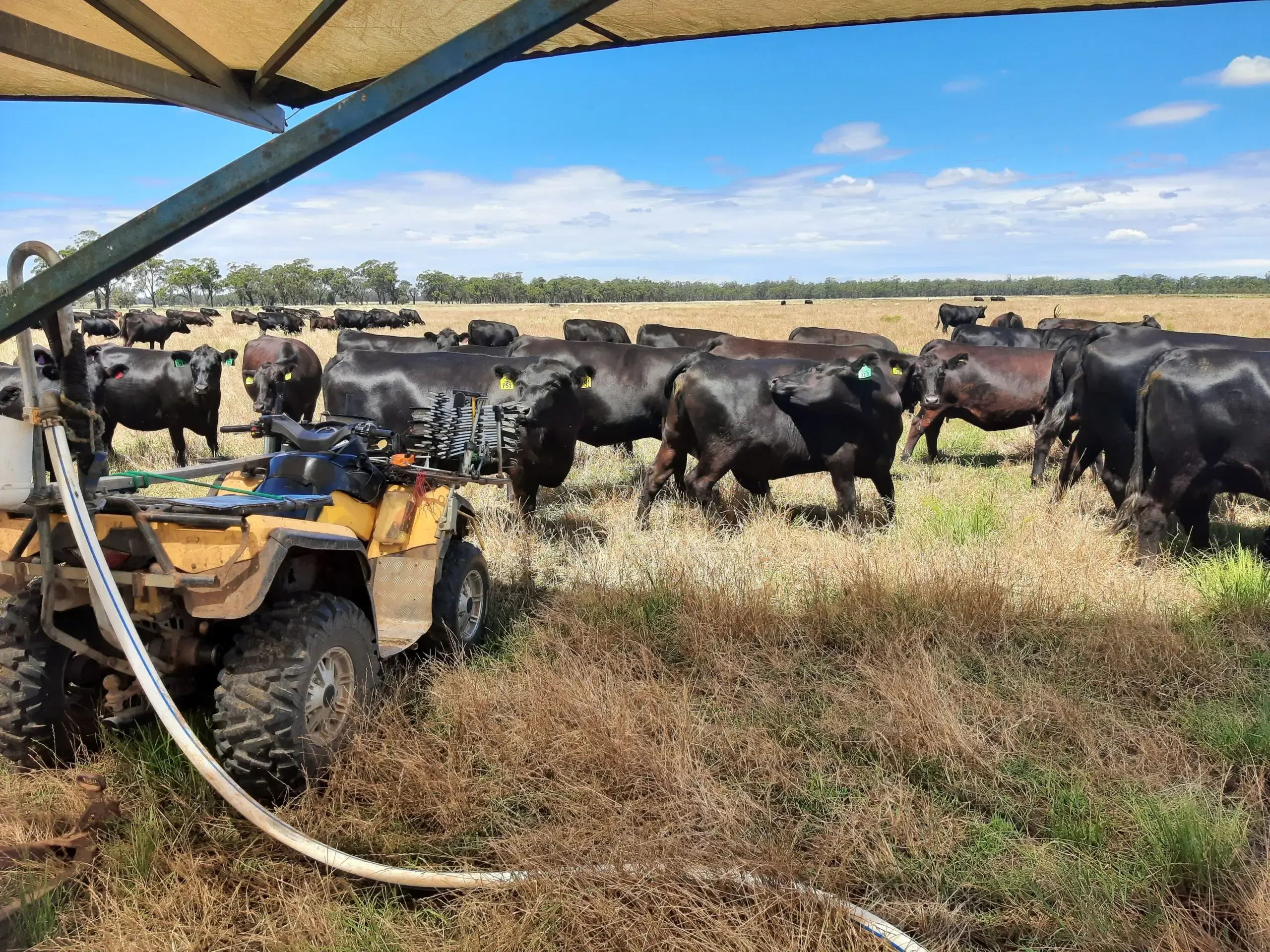
Reaping Rewards
Michael has noticed major changes at Willowlee. Building the top litter layer and reducing compaction through time controlled rotational grazing has increased the soil’s ability to hold water. This meant ground cover could be better maintained through the most recent drought and subsequent flooding. As a result, Michael estimates that he has built ‘half an inch of soil’ over the past year.
Continuing to experiment
Michael has begun to experiment with mixed cropping to assist the microorganism balance in the soil. This change is also intended to provide more perennial plants which will better utilise solar energy, feeding the soil and the livestock all year round. Michael reflects that if he had known then what he knows now, he and his brother may have been able to find a way to manage the land together by integrating cropping and grazing.
Looking ahead
The 8 Families group and the RCS community continue to provide invaluable decision-making and emotional support. Debt repayments are ‘on the up and up’ and he is expecting his financial position to continue to improve with the first public sale of bulls expected this year. This will enable saving to build a new homestead at Willowlee and return his family back to the land.
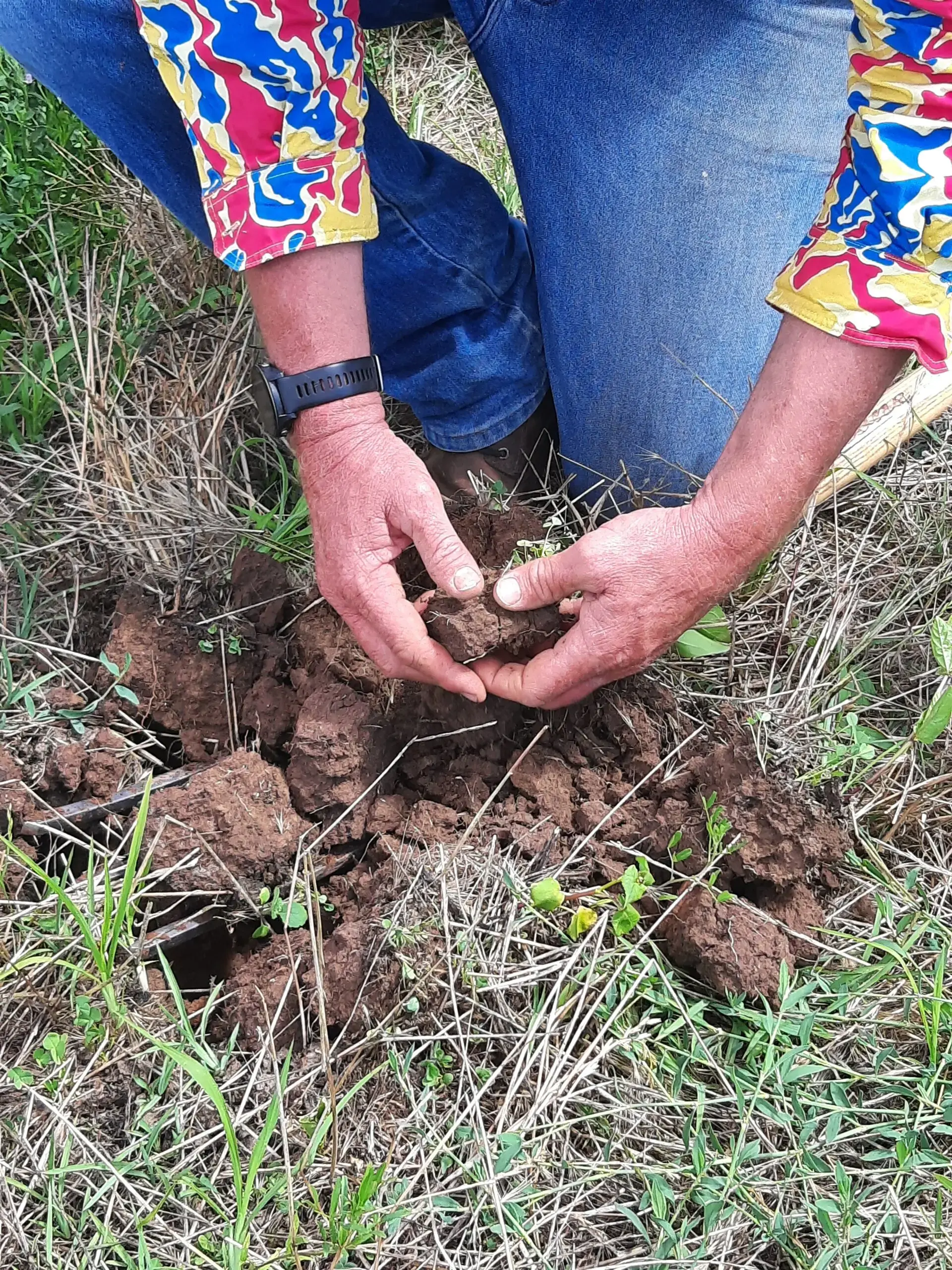
Outcomes1 The outcomes described in this section are based on best available data from remote monitoring or monitoring undertaken by the producer. Economic outcomes are based on financial data provided by the producer, while social outcomes are based on a wellbeing survey. More detail will be provided in the full reports, to be published in early 2022
Delve deeper into the 8 families’ soil and landscape regeneration practices,
and the results for landscape function, production, economics and well-being.
ECOLOGICAL
Ecological
The ecological indicator available for Willowlee is ground cover. Satellite imagery shows that before practice change ground cover on Willowlee was similar to the surrounding 5km area. Since practice change, ground cover on Willowlee has been higher than the surrounding area most years.
Data showed that Willowlee, when compared with the surrounding 5 km buffer had an average of 2.9% more ground cover pre-practice change. This increased to 3.9% more ground cover post-practice change.
Willowlee also showed the greatest average difference of ground cover to be highest during the summer period with 6.8% more ground cover than the surrounding area, suggesting that Willowlee was able to maintain ground cover during the drier periods (Figure 1).
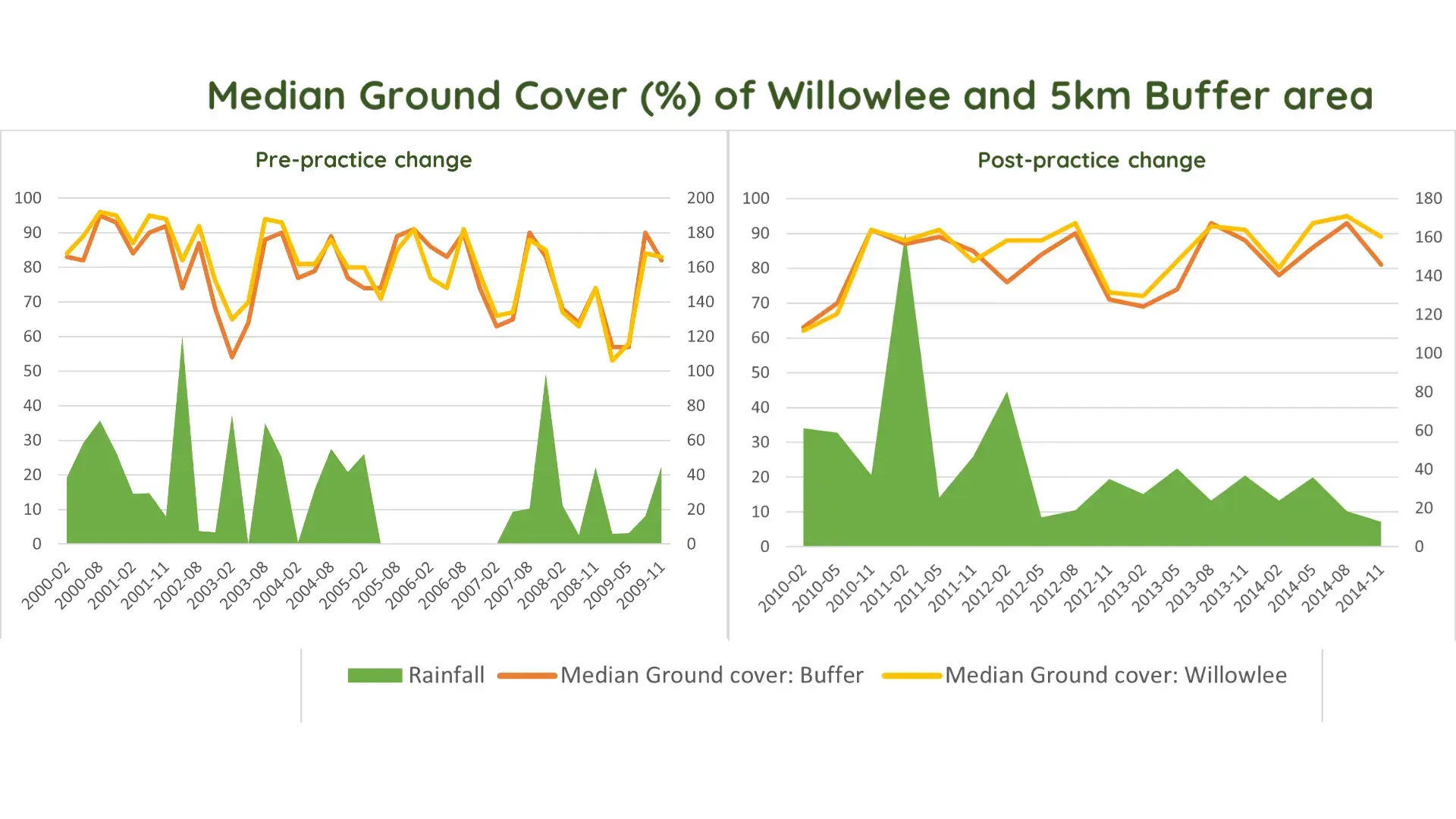
Figure 1: Median ground cover (%) comparisons between Willowlee and the 5 km surrounding area during periods of pre and post-practice change (VegMachine)
SOIL
Soil
The soil health indicator used by Michael is a micro-organism biomass test, which measures total mass of fungi and bacteria in the soil. Michael started soil biological testing in 2020 and plans on undertaking analysis each year. The 2020 results (Figure 2) show that Michael’s soil has good levels of micro-organisms (light green), but the balance between bacteria and fungi was poor (F:B ratio 13.3) with poor overall microbial diversity. Michael aims to build a more diverse microbial community with mixed cropping and multispecies cover crops, inoculated with microorganisms.
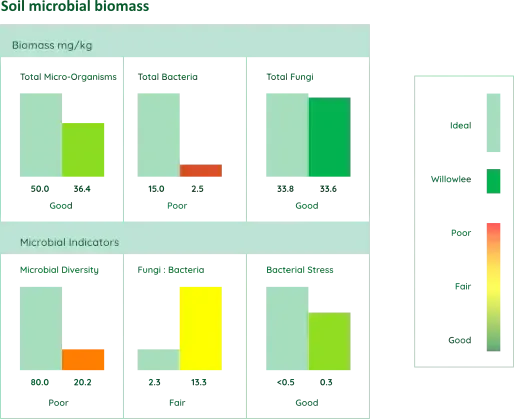
Figure 2 Biomass of total soil microorganisms (bacteria and fungi) and Microbial indictors including diversity fungi to bacterial ratio and bacterial stress in the top 10cm of the soil at Willowleee in 2020. Analysis undertaken by Microbiology Laboratories Australia
ECONOMIC
Economic
Economic analysis is based on five years of data including the period 2014-18 and the 2020-21 financial year. During this period there has been a turnaround in business performance with the farm posting earnings before interest and tax of more than $300/ha in 2020/21 (Figure 3). After initially concentrating on trading cattle, Michael switched his focus to breeding an Angus bull stud, whilst making continued investment in Holistic Management infrastructure. Willowlee now runs an average of 70% breeding stock and 30% trade cattle.
The infrastructure investment has allowed improved grazing management and a significant reduction in expenses. As a result, the farm was in a strong position to capitalise on favourable seasonal conditions and booked good trading income and overall earnings in the last financial year. Years of investment in stud enterprise is now starting to pay off with the launch of public stud auctions this year.
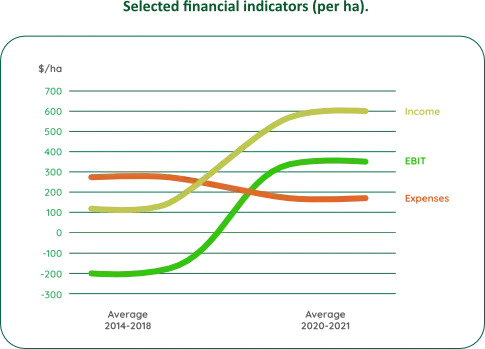
Figure 3 Selected financial productivity indicators per hectare for Willowlee. Analysis undertaken by Vanguard Business Services.
SOCIAL
Social
Michael was part of a strong family and community when the effects of conventional farming during the Millennium drought began to affect his relationship with farming (Phase 1 below). When he went out on his own and began Holistic Management (Phase 2) his relationship with farming began to improve (Figure 5), however his sense of community declined (Figure 4). Over time, he built strong relationships through the ‘8 families’ farming group and with RCS and Landcare and felt part of a strong community again. (The wellbeing questions were inspired by those used by the Australian Centre on Quality of Life (2020).)
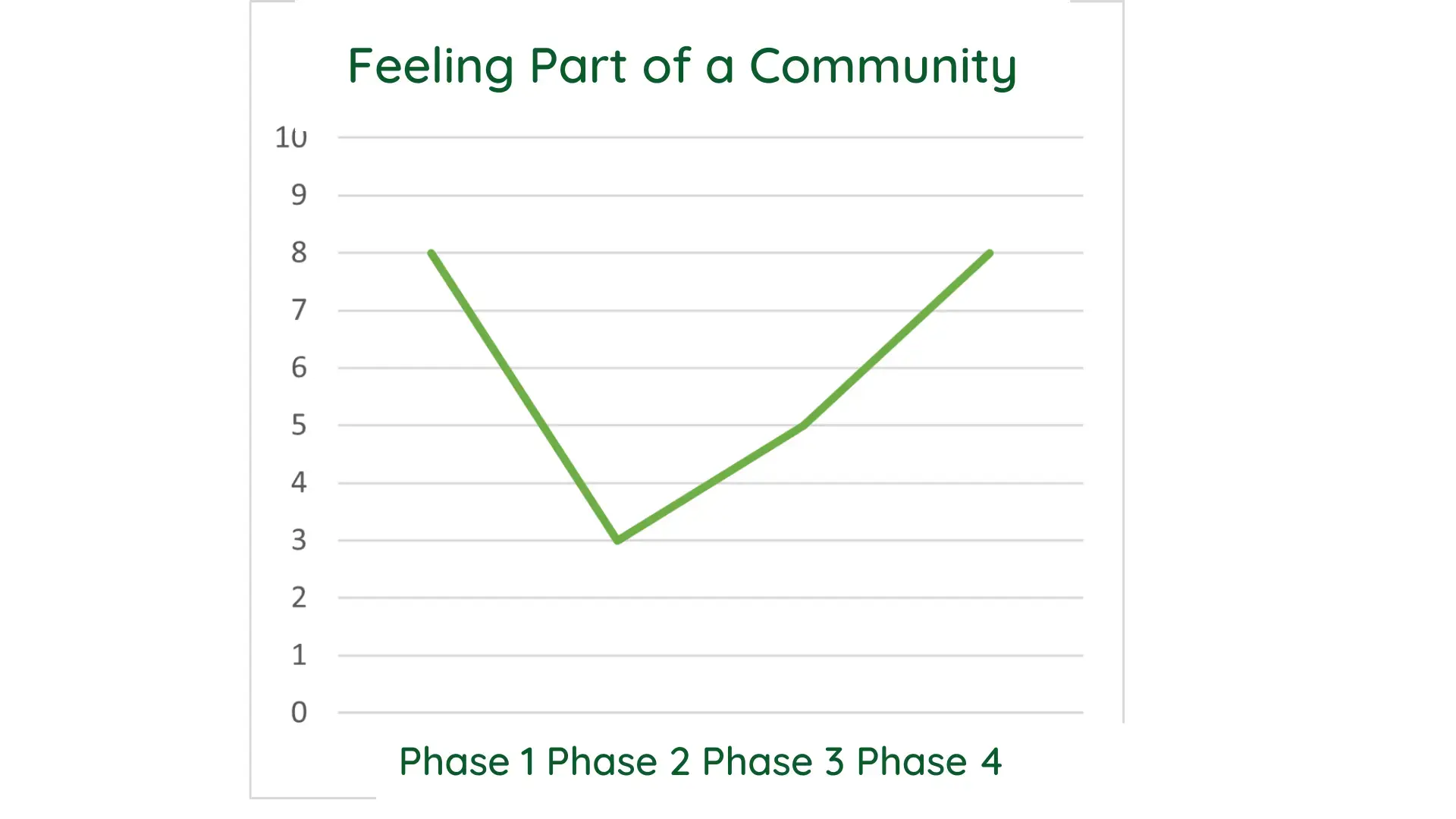
Figure 4: Michael rated his satisfaction with “feeling part of a community” at each phase of the transformation period, phase 1 being “before changes were made” and phase 4 being “now”, on a scale from 1-10, with 10 being extremely satisfied
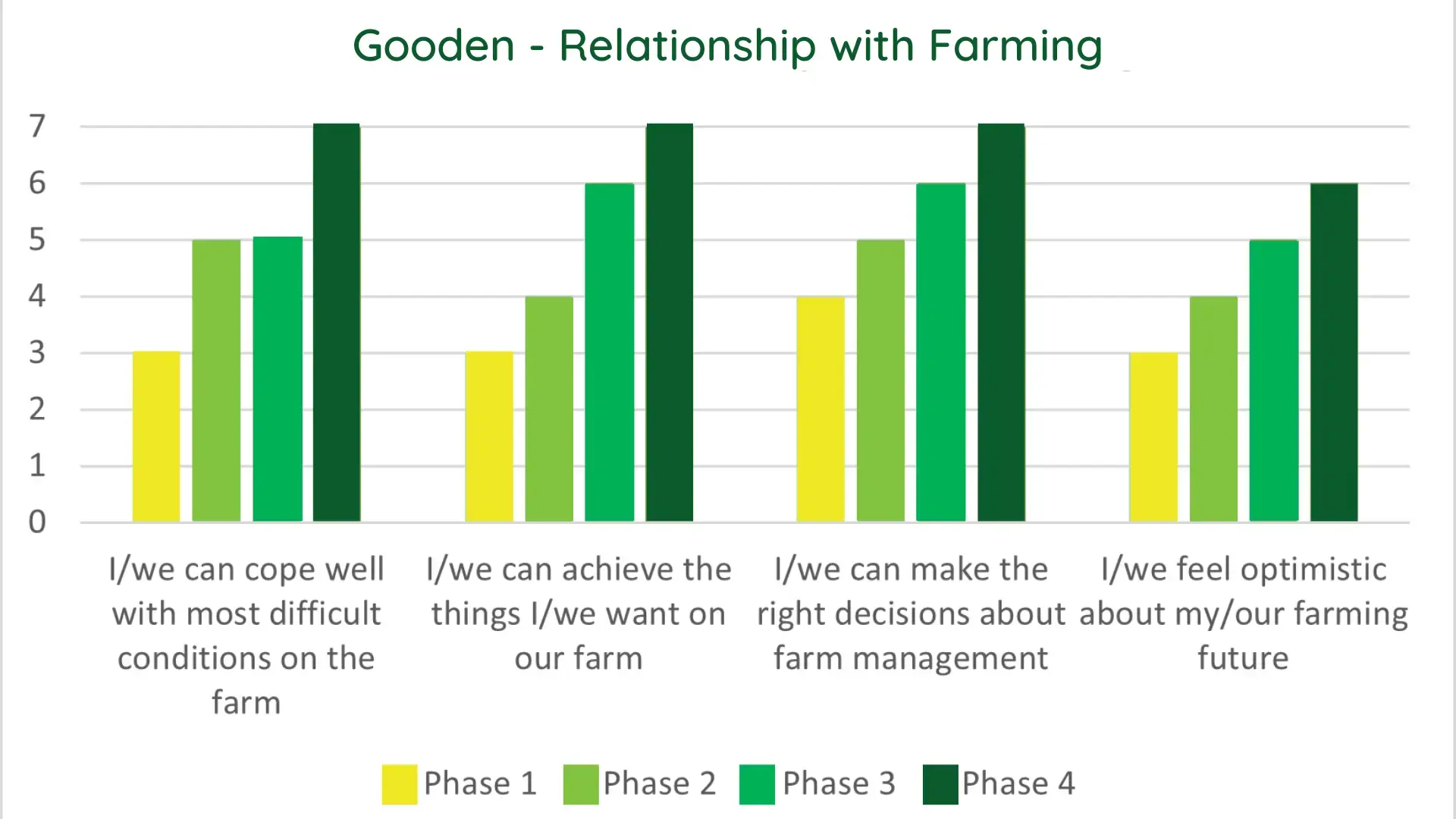
Figure 5: Michael estimated his agreement with the statements at each phase of the transformation period, phase 1 being “before changes were made”, and phase 4 being “now”, on a scale of 1-7, with 7 being strongly agree. These questions were inspired by the Regional Wellbeing Survey (Shirmer, 2021)
This project is supported by the Department of Water, Agriculture and the Environment, through funding from the Australian Government’s National Landcare Program.




